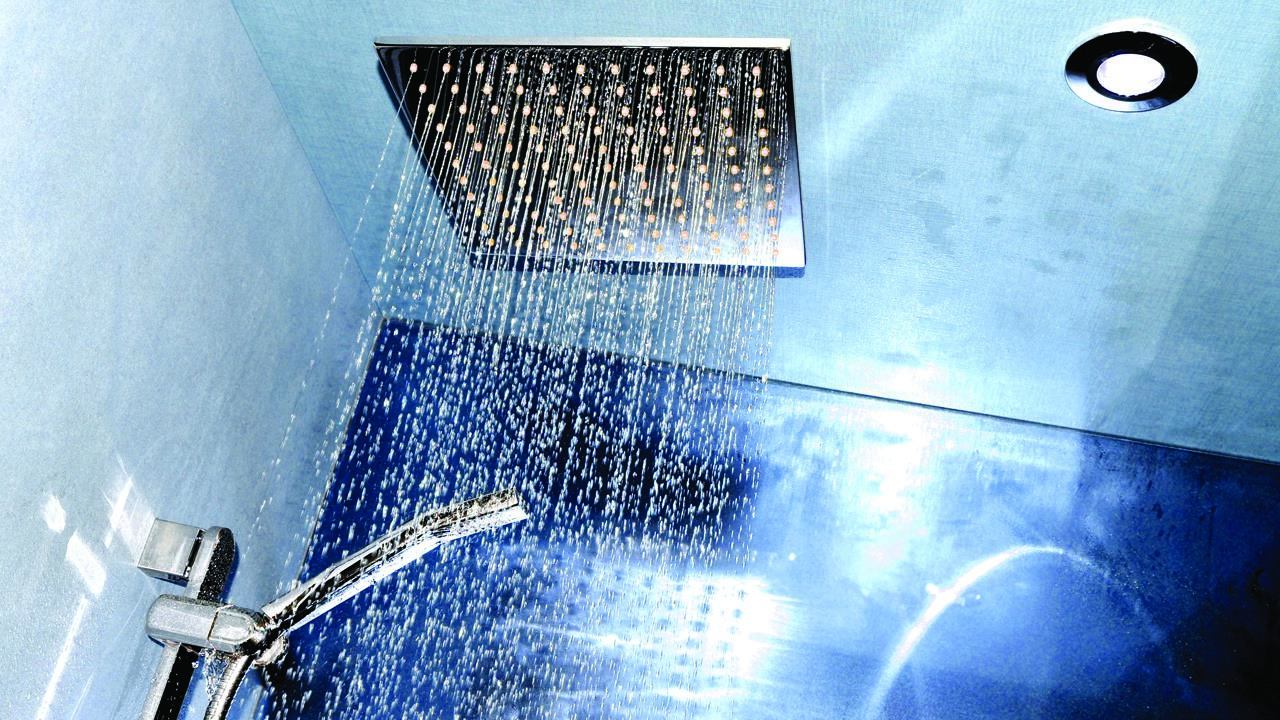


Isaac Occhipinti, Head of External Affairs at the Hot Water Association, explains why cylinders are a great option for homes which require simultaneous multiple outlet use.
I know I don’t need to preach to the crowd about the need to install systems to meet household hot water demand but, for the purpose of this article, I will give you some context. There are approximately 16 million combi boilers currently in-situ in UK homes, and it is well known that multi-outlet use can be a ‘no go area’ with some combi boilers.
Of course combi boilers have their uses, but homeowners with demand for simultaneous multiple outlet use have come to realise that they are not suitable for every property. And this is reflected in cylinder sales year-on-year. Around 500,000 cylinders were sold in the UK in 2018, indicating that there is still some fuel in the tank when it comes to their relevance within the UK heating market.
The significance of occupancy and house size both need to be considered when designing a boiler or heating and hot water system type. As an extreme example, a combi boiler would be able to cope with the demand of a large house with three or four bathrooms, provided there was only one person living there.
Similarly, in a smaller house with one or two bathrooms and a high level of occupancy, all but the largest combi boiler might struggle to perform if three people all wanted to shower or bathe at the same time.
But, what about homeowners who already have a combi boiler and cannot afford, or do not wish, to have a full system change? Can we deliver hot water at multiple outlets simultaneously in this situation?
The answer is, yes. Just add a hot water storage cylinder to the combi boiler system. You need a lot of energy to heat water as it flows through a heat exchanger, so they are rarely undersized. You can use this power to heat stored water. In addition, if you leave the hot water of the combi connected, it can support an en-suite shower that never gets interrupted by other demands.
How does this work? Much like a conventional boiler, use the heating flow and returns in a Y-plan or S-plan with an indirect cylinder.
Bear in mind that your customers will be used to mains pressure hot water, and an unvented or thermal store cylinder should be used to maintain this feature.
Combi boilers, with few exceptions, are designed for use on a sealed primary water system. In fact, the equipment for this is normally built into the boiler when it is produced, and the coil in unvented cylinders will easily cope with 3bar pressure, which is the standard maximum pressure in such a system.
The sealed system expansion vessel, usually fitted within the boiler, should cope with the addition of a cylinder coil and a few metres of copper tube.
The advantage of unvented cylinders is positioning. It is likely that in a combination boiler household, the airing cupboard has been removed or maybe was never there in the first place. Mains pressure cylinders can actually be fitted in a garage or loft space, where disturbance to the household is minimised without any loss of performance.
If your customers fall into any of the following categories, or are likely to in the near future, our advice is to add storage:
Of course, hot water storage brings additional benefits such as fast-filling baths and, if the boiler fails, homeowners with an immersion heater fitted to the storage system will never be deprived of hot water.
Finally, storage systems are essential partners to any renewable energy input, as these sources need to be harvested and stored. You can also easily mix fuel types within a system, such as wood burning stoves with gas or oil boilers.
At the time of fitting, it is always wise to point out to your customer that if they are now taking the step of upgrading the system with storage, they should think about the likelihood of any future additions, such as solar panels, and act now to make the cylinder renewable ready.
If you'd like to keep up-to-date with the latest developments in the heating and plumbing industry, why not subscribe to our weekly newsletters? Just click the button below and you can ensure all the latest industry news and new product information lands in your inbox every week.